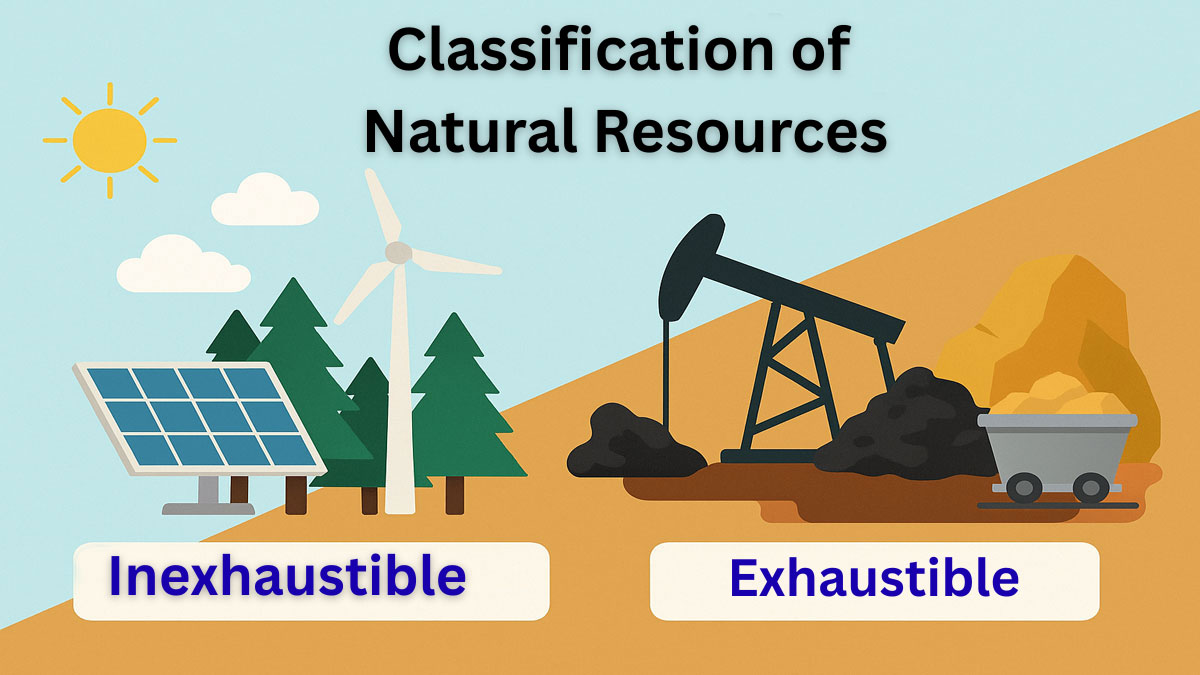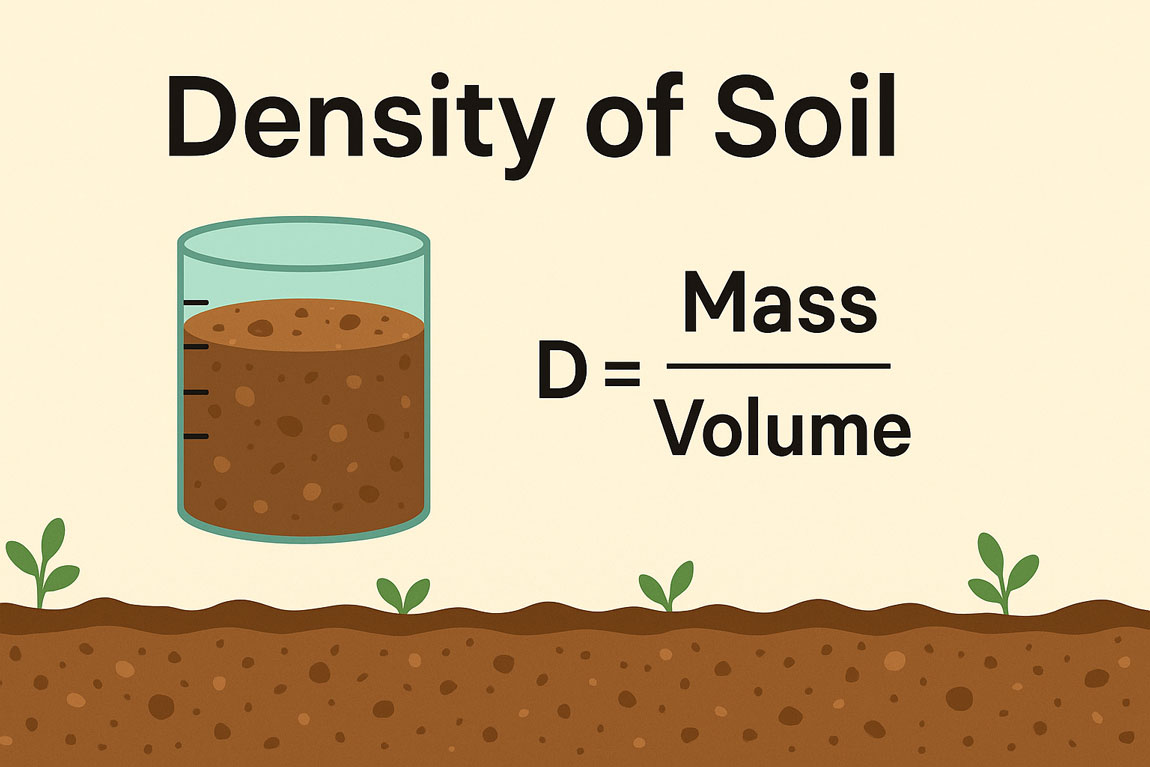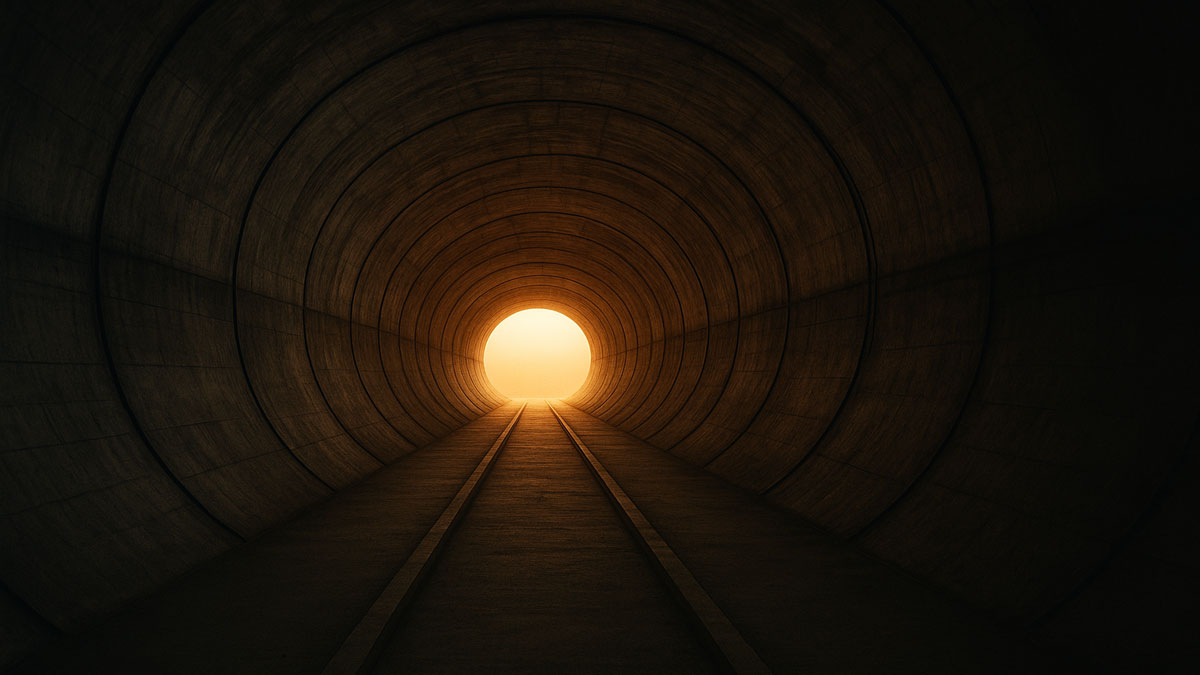A tunnel is a horizontal or slightly inclined underground passage that runs through rock or unconsolidated materials and remains open at both ends. Commonly circular, semicircular, or horseshoe-shaped, tunnels serve various purposes such as water conveyance, transportation, and storage.
What is a Tunnel?
A tunnel refers to a horizontal or slightly inclined passageway that cuts through subsurface rock or unconsolidated materials and opens to the ground surface at both ends. The cross-sectional shape of tunnels varies widely, but in India, most tunnels are circular, semicircular, or horseshoe-shaped. The roof and floor of a tunnel are called the crown and invert, respectively, while the two sides are known as the tunnel walls. The spring line represents the point where the roof arch meets the sides (Fig.1).

Fig. 1: Common terminology of a tunnel
Components of Tunnel:
The vault head forms the topmost part of the tunnel, and the support structure carries the load. At the entry point of a horseshoe-shaped tunnel, engineers erect steel ribs for support and build a masonry wall above the vault head to protect against the overburden (Fig.2).

Fig.2: Inlet portal of a horseshoe-shaped tunnel with steel rib support and a masonry wall to arrest debris slide
To a geologist, overburden includes the unconsolidated soil or debris lying above the bedrock over a tunnel or other structure. For an engineer, overburden refers to all material—both bedrock and unconsolidated layers—above a tunnel. Excavation usually begins from both ends, known as the inlet portal (or inlet bulkhead) and the outlet portal (or outlet bulkhead).
Vertical passages known as shafts connect the surface to the tunnel and help facilitate entry and excavation. In underwater tunnels, workers sink casings to allow the movement of men and equipment and to carry out boring in small segments.
A drift refers to a short tunnel segment created nearly at the same level or close to the main tunnel for visual observation and testing rock quality for tunnelling. Sometimes an adit, which is essentially a drift, provides access for personnel and machinery to conduct tunnelling on additional working faces (Fig.3).

Fig. 3: Ground profile along a tunnel showing geological and common features
Types of Tunnel:
Depending on the intended utility, tunnels are mainly classified into:
(i) Hydraulic Tunnels
(ii) Traffic Tunnels
Engineers also build tunnels for other uses, such as fuel storage, nuclear installations, and hazardous material disposal.
Hydraulic Tunnel:
In a hydraulic tunnel, the works of the tunnel are associated only with the passage of water. Hydraulic tunnels may be of different types. Power tunnels carry water to hydroelectric project plants. Irrigation tunnels convey water from the storage behind a barrage or dam for irrigation purposes.
Diversion tunnels temporarily divert rivers to facilitate dam construction. Engineers construct spillway tunnels to release water from reservoirs. They also use tunnels for sewage conveyance and water supply. In India, various agencies operate numerous water conductor tunnels of all these types.
Traffic Tunnels:
These tunnels support transportation, such as highways, subways, and railways. For instance, the 3 km-long Banihal tunnel connects Jammu and Srinagar via a highway cut through rock. Several Indian cities, including Kolkata, operate railway traffic tunnels like the Kolkata Metro Railway tunnel, constructed in subsoil to reduce congestion from surface transport.






